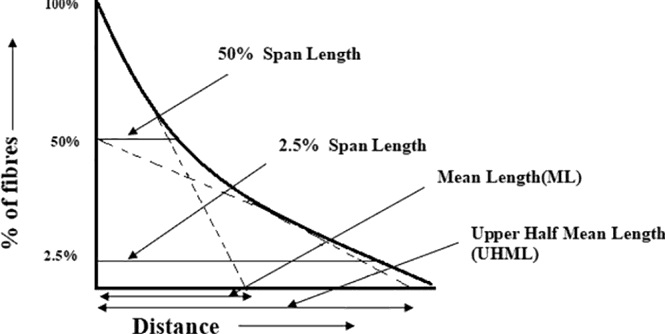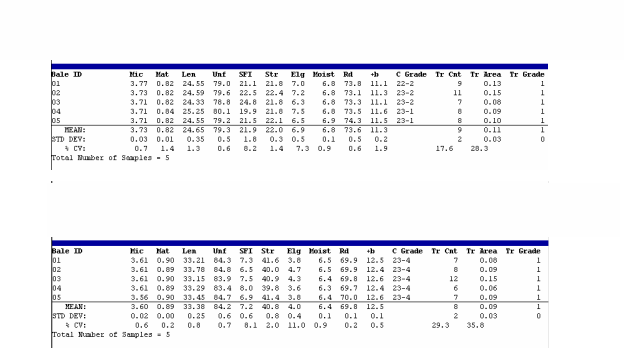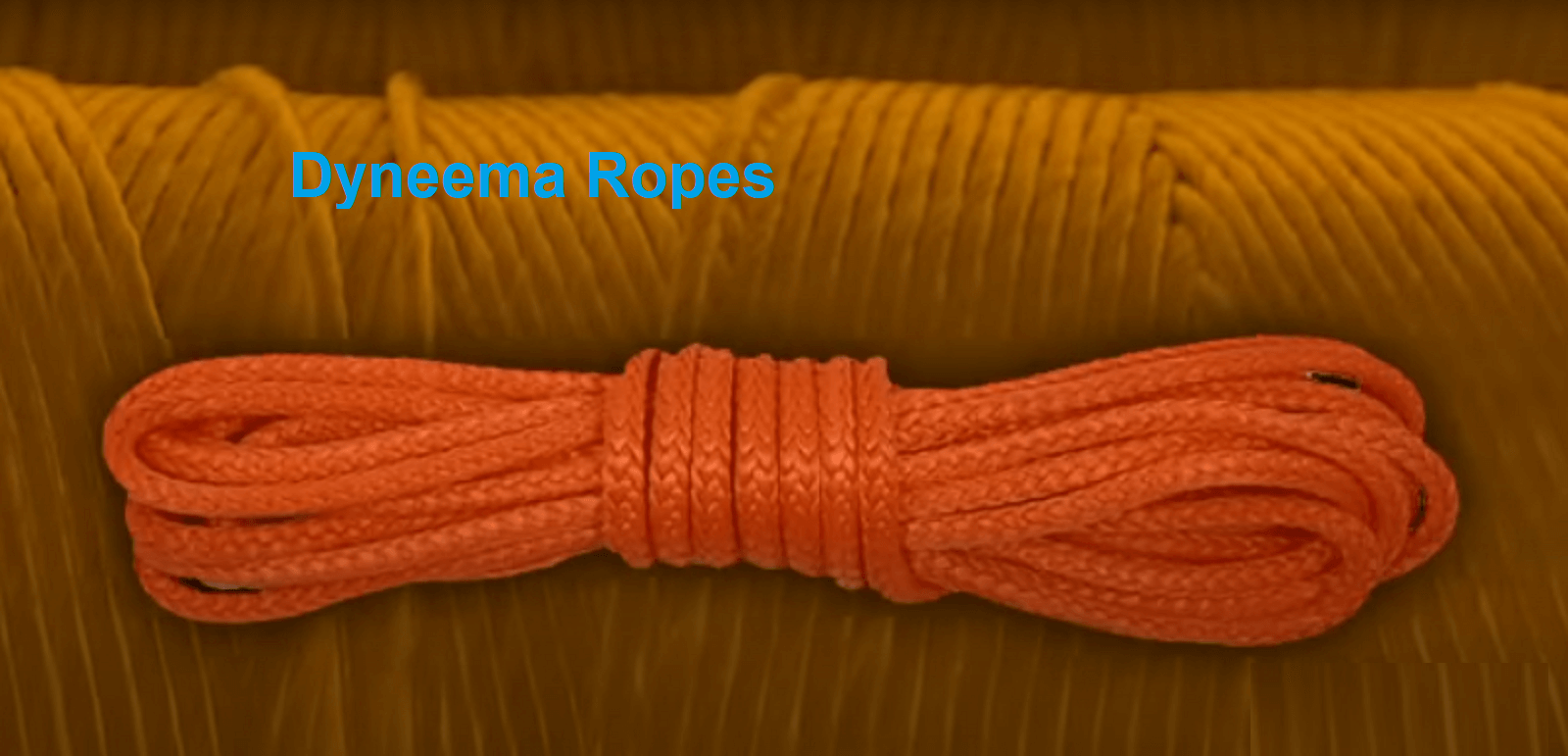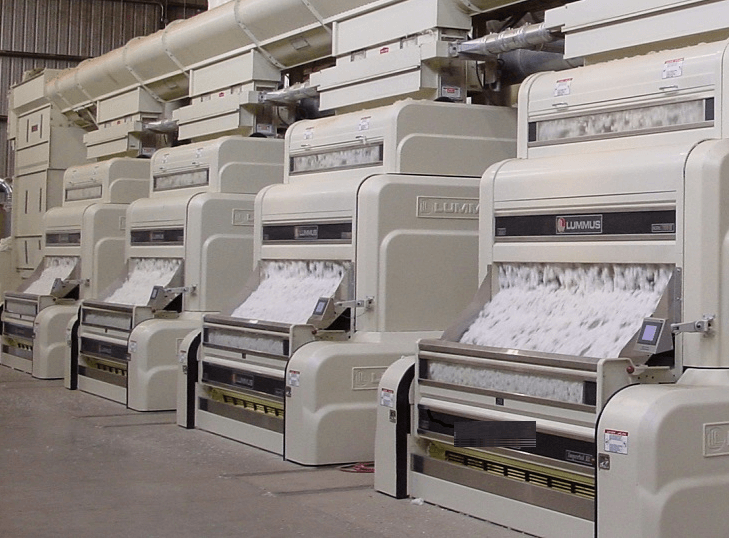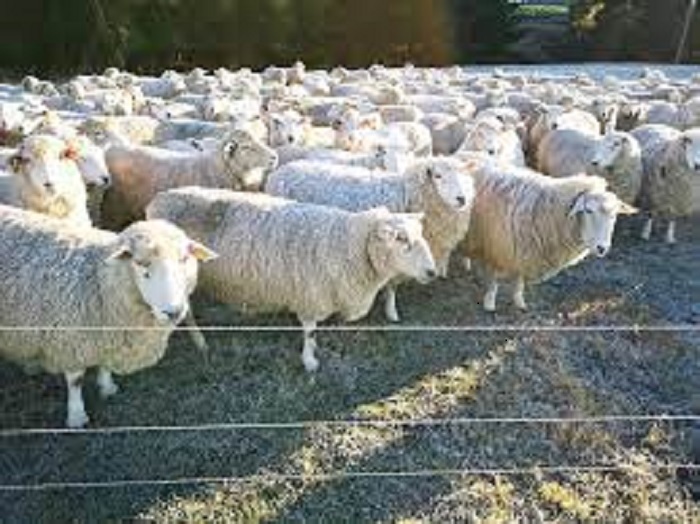Cotton is cultivated in the world in a large area, and its production is about 25000 million tons per year. Since cotton is cultivated in different environmental conditions hence its quality varies from area to area and country to country, field to field, variety to variety, plant to plant, and ball to ball. But in industry, we want cotton of uniform quality and also fixing the price depending upon the quality, hence need commercial cotton as classing/grading of cotton.
The expert of cotton is called a classer. The assessment of quality by the classer is called the grading of cotton.
Classing/grading of cotton depends upon the following characteristics.
Appearance of cotton
Classing/grading of Cotton is compared with a standard tuft of cotton in respect of its colour, brightness, stains, spots, and foreign matter (dust, motes, leaves, stems, etc.). if the cotton has fewer impurities and a good appearance then it is of the best quality.
The ginning of cotton is checked, if it is saw ginned it is lustrous as compared to roller ginned cotton. So saw ginned cotton graded as the best quality.
Also picking is checked if it is mechanical picking grading is less due to stains and spots in it.
Waste content of cotton
The grade of cotton is good in its waste content. The manufacturing waste in the blow room and carding, waste depends upon of grade of cotton. If total waste is more than 20~25%then the cotton is not useable the acceptable waste of cotton is 6~12 %, and good cotton has waste contents that should not be more than 6%.
What is the Staple length of cotton?
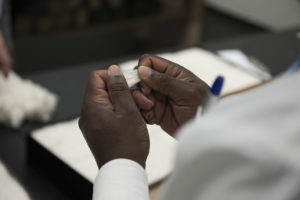
The staple length of cotton fibre is the most important property indicating its performance.
The accurate staple length of cotton is not measured, the best is to measure the tuft length of cotton. cotton classer takes a cotton sample about once and pull out it into two parts between the thumb and first fingers of two hands. the part of one hand is dropped and pulled out fibre tuft from another hand to make the ribbon of cotton. the ribbon is stroked between the thumb and index figures into a uniform tuft and either measured its length or more usually judged. This is called the staple length of cotton.
Characteristics of cotton
Minor qualities of cotton not measured by experts but taken in laboratories are called characteristics. The characteristics of cotton are
1-Fineness of cotton fiber
The weight of 1″ of fiber is called its fineness, also less weight of 1″ fiber is called fine fiber, and vice versa. The conclusion is the greater the count finer the will be yarn.
| Fibre fineness Microgram/ inch |
Grading |
| blow 3 | very fine |
| 3~3.9 | fine |
| 4~4.9 | average |
| 5~5.9 | course |
| above 6 | very coarse |
2-Strength of cotton fiber
The important priority is the strength of the fiber. The strength depends upon the maturity of cotton fibre. mature cotton is one in which the secondary wall fully grew. Additionally, the Presley strength tester is used for the measurement of the strength of a bundle fiber
| Strength = 1000 ponds/inche2 | Grade |
| 89~97 | strong |
| 81~88 | average |
| 72~80 | fair |
| 71~blow | weak |
Universal grading/classing standard of cotton
The united state department of agriculture (U.S.D.A) has mentioned universal grades of cotton. But these grades are only for saw-ginned upland cotton accepted in the world.
- Midding fair (M.F.)
- strict good middling (S.G.M.)
- Good middling (G.M.)
- Strict middling (S.M.)
- Middling (M)
- strict low middling (S.L.M.)
- Low middling (L.M.)
- Strict good ordinary (S.G.O.)
- good ordinary (G.O.)
These 9 grades are universal grades. for grading, there is a universal grading/classing box. Grade number 5 is the basis for grading.
| M.F | S.G.M | G.M |
| S.M | M | S.L.M |
| L.M | S.G.O | G.O |
Acceptance of U.S.D.A
Although these grades are accepted in the world, many countries do not accept them due to the following reasons.
- These are only for saw-ginned cotton countries while roller-ginning-producing cotton can’t accept these standards.
- These standards are for American upland cotton which is creamy but can’t accept in other saw ginned like Pakistan and India where cotton colour is more white and Egyptian cotton is more creamy. So these colour grades cant fulfil the physical colour range.
- Thirdly these grades are not applicable for long-staple cotton i-e Egyptian cotton.
- Lastly, there is no consideration of maturity and strength in these grades.
In conclusion, the cotton standard can’t is used throughout the world as every country has its own standard.
- In the United States U.S.D.A (united state department of agriculture)
- In Pakistan K.C.A (Karachi cotton association)
- In Idia CAI (cotton association of India)
- In Egypt C.E.A (Cotton Egypt Association)
- In China C.C.A (China Cotton Association)
So we can say every country has its own commercial standard.
Some standards for saw ginned cotton short staple
Following standards are followed to some extent
| Grades | On/OFF |
| Super choice | 3 grade ON |
| Choice | 2 grades ON |
| Super fine | 1 grade ON |
| Fine | Pass grades |
| Fully good | 1 grade OFF |
| Good | 2 grades OFF |
| Fair | OFF |
In practice, physical grade boxes are prepared for each set of cotton with 4F, and LF with saw-ginned cotton.
Some standards for saw-ginned and roller-ginned cotton long staple
Below table for both saw and roller ginned cotton in long staple.
| Roller ginned cotton standards for long staple | |
| Grades | ON/OFF |
| Superfine | 1 grade ON |
| Fine~super fine | 1/2 grade ON |
| Fine | Pass |
| Fully good~fine | 1/2 grade OFF |
| Saw ginned cotton standards for long staple | |
| Grades | ON/OFF |
| Superfine | 1 grade ON |
| Fine | Pass Grade |
| Fully good~fine | 1/2 grade OFF |
Instruments used for classing/grading cotton
HVI

High volume instrument measures (HVI) trash or non-lint content by using cameras, made by Uster Technologies. The increasing number of fibre measurement trends is provided to a set of instruments that can be analysed on the computer and can print results. HVI measure the most important fibre classing/grading properties that are high throughput results in spinning mills.
The trash is measured by using a video camera while micro-nair is measured by using air flow through the sample and the remaining parameter is measured by Fibrograph. The system is capable of measuring 180 samples per hour.
The following characteristics can be measured by using an HVI instrument.
| HVI spectrum measurement | ||
| i | Spinning consistency index | SCI |
| ii | Micro-naire | Mic |
| iii | Maturity index | Mat |
| iv | Upper half mean length | Len |
| v | Uniformity index | Unf |
| vi | Short fibre index | SFI |
| vii | Strength | Str |
| viii | Elongation | Elg |
| ix | Moisture | Moist |
| x | Reflectance | Rd |
| xi | Yellowness | +b |
| xii | Colour grade | CG |
| xiii | Trash count | Tr Cnt |
| xiv | Trash area | Tr Area |
| xv | Trash grade | Tr Grade |
| xvi | Fluorescence | UV |
| xvii | Neps | Nep |
AFIS
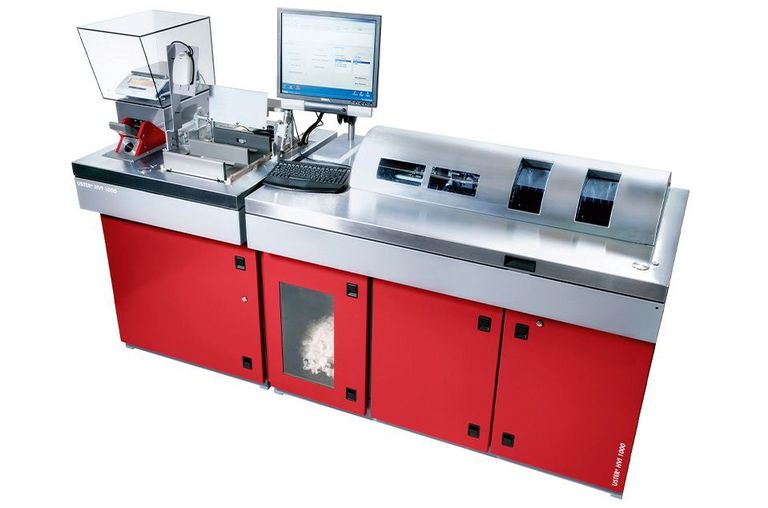
Advanced fibre information system is used to measure specially neps in cotton. There are modules one are measuring the number of neps and the second one is used to measure the length and fibre diameter. This device work on Aero-mechanical principles.
The following characteristic of fibre can be tested by using this instrument.
| AFIS measurement | ||
| i | Fibre length | L(w) & its CV% |
| ii | Upper quartile length | UQL(w) |
| iii | Length(by number) | L(n) & its CV% |
| iv | Short fibre content | SFC(n) |
| v | Short fibre content | SFC(w) <0.5% |
| vi | Fibre length 2.5% | UQL 2.5% |
| vii | Fibre length 5% | UQL 5% |
| viii | Fineness m-tex | F mtex |
| ix | Immature fibre content | IFC% |
| x | Maturity ratio | Mat ratio |
| xi | Neps (diameter) | Nep(um) |
| xii | Neps (number) | Ct/gram |
| xiii | Seed coat neps(diameter) | SCN(um) |
| xiv | Total neps | Cnt/gram |
| xv | Nep mean size | Mean size |
| xvi | Dust | Dust Cnt/gram |
| xvii | Trash | Trash Cnt/gram |
| xviii | VMF% | VMF% |
